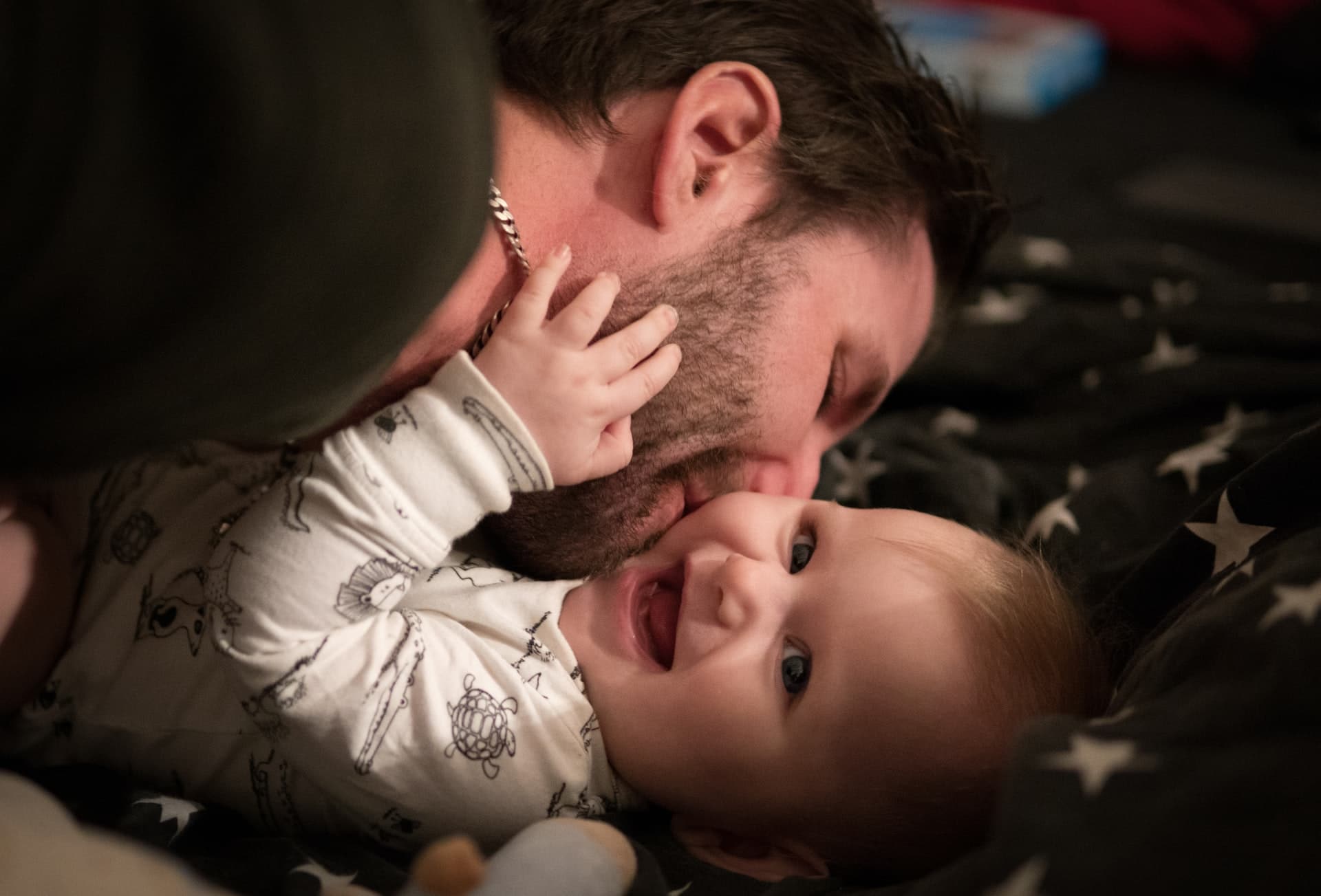
When a young mother decides to breastfeed her newborn, many questions arise. How many meals a day should she plan? How much milk will the baby drink? How long does each breastfeeding session last on average? In short, all parents wonder how to breastfeed their baby properly.
There are three basic parameters to consider every time you want to breastfeed your child. First of all, to be sure that it is what he needs, it is necessary to know how to spot that he is hungry. Then, the mother must be comfortable in order to give the breast in a serene way. Finally, placing the baby correctly against his mother’s body is also essential for him to feed properly.
Spotting signs of hunger in your baby
Long before babies react to sounds and images of feeding, they communicate their appetite through several signs.
For example, when an infant responds with head and lip movements as if reaching for something with his mouth when his chin is brushed with his fingertips, he is reaching for the breast to feed. Also, a newborn licking his lips again indicates that he wants to eat. Finally, a baby who brings his hands to his mouth shows that he simply needs to eat. Finally, crying can also be a sign of a hungry baby.
Finding the right position

It is not uncommon for newborns to cry for food 8 or more times in 24 hours. Therefore, in order to meet her baby’s needs, the mother must preserve herself and adopt a good position to comfortably breastfeed her infant. The bed is a perfect place, as it allows the mother to lie on her back, with her chest and head slightly elevated, without having to carry the baby entirely throughout the nursing session. Sitting in a chair with cushions in the back to keep the baby stable is another very interesting and equally effective option. It is also possible to alternate the position depending on the mother’s level of fatigue, the baby’s weight and even the time of feeding.
The mother’s position must above all allow her to relax while breastfeeding. Her comfort is absolutely essential for this moment of sharing to go well.
Positioning the baby well
The baby’s position is as important as the mother’s. To breastfeed correctly, the baby’s stomach must first be placed against the mother’s. The baby’s head then comes to nestle against the mother’s. The baby’s head is then nestled against the breast, with the nose touching the nipple and the chin resting on the lower part of the chest. In this position, the baby usually opens his mouth wide, as if yawning, grasps the nipple and begins to suckle. If necessary, the mother can guide her newborn by touching her lips with her fingertips or directly with her nipple. This stimulates the baby’s sucking reflex.
Throughout the feeding session, the mother supports her baby’s neck and shoulders so that he does not tip backwards.
Some babies like to have lots of small snacks, while others like to have a few large meals a day. Thus, the length of each breastfeeding session varies greatly from infant to infant. Although there is an implicit protocol on the signs to observe and the positions to favour in order to breastfeed your baby well, this learning process is mostly done over the weeks and according to the character of the little family.















